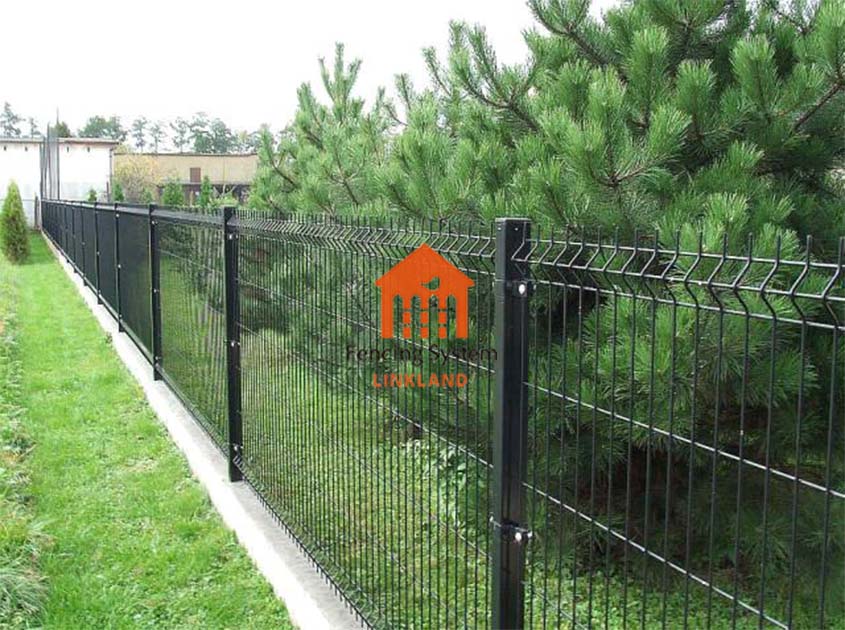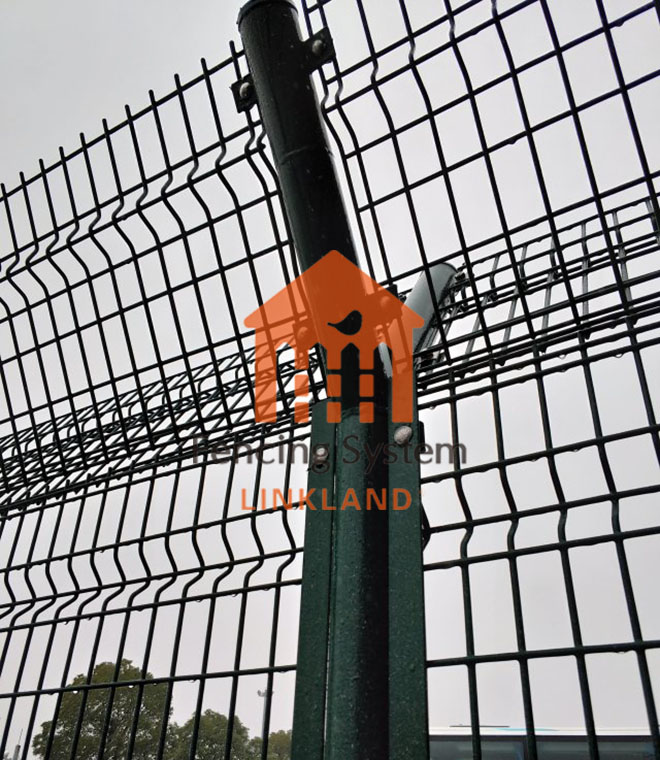steel
Steel is one of the commonly used materials for 3D fences and is known for its excellent strength. Steel has high strength and rigidity, and can withstand greater pressure and impact. It has excellent tensile strength and flexural strength, which makes steel 3D fence effectively resist external force and extrusion. Steel is also corrosion-resistant and durable, enabling long-term use in various climatic conditions without being affected. Therefore, steel, as one of the materials of 3D fence, provides reliable strength and protection ability.

Aluminum
Compared to steel, aluminum is slightly less strong, but still has a high level of strength. Aluminum has a low density and a good strength-to-weight ratio, making the 3D fence lighter while maintaining high strength. Although aluminum's tensile and flexural strengths are relatively low, they are still sufficient for most commercial and industrial applications. In addition, aluminum has good corrosion resistance and is not easy to rust, which is suitable for outdoor environments and humid climates.

plastic material
Plastic materials are generally lower in strength compared to steel and aluminum. The strength of a plastic 3D fence mainly depends on the type of plastic used and the structural design. Although certain high-strength plastics can provide relatively high levels of strength, plastic materials generally have low tensile and flexural strengths. However, plastic materials have their own advantages, such as corrosion resistance, light weight and easy processing and molding. Plastic 3D fences are suitable for some applications in low-risk and non-essential areas, but may not be ideal where higher strength and safety are required.
From a comprehensive comparison, steel is the leader among 3D fence materials in terms of strength. It offers the highest tensile strength, flexural strength and impact resistance for safety-critical commercial and industrial applications. Compared with steel, aluminum has slightly lower strength, but has advantages in lightness and corrosion resistance, and is suitable for some places with moderate safety requirements. Plastic materials, although less strong, are suitable for low-risk environments and have their own specific advantages. Therefore, when selecting 3D fence materials, various factors should be considered comprehensively according to specific application scenarios and security requirements.
Pre:Analysis of 3D fence Materials: Corrosion Resistance
Next:The Importance of Maintenance and Inspections to 3D fence Performance